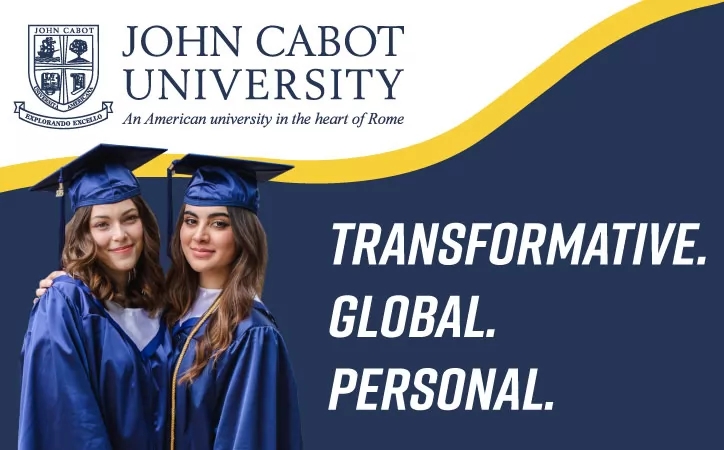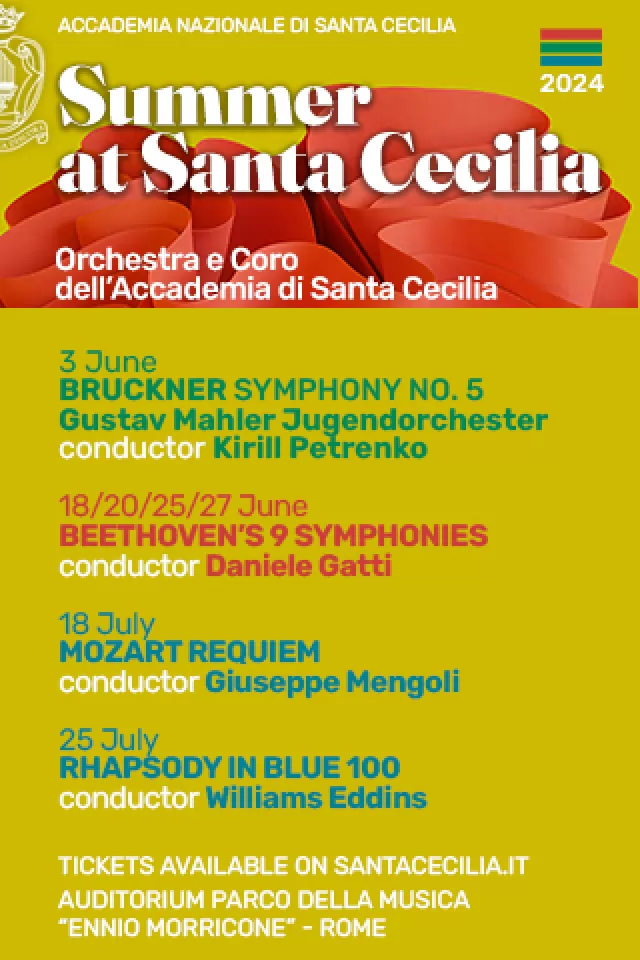A new church in Rome
Don Gianfranco Corbino can reasonably be considered one of the luckiest priests in Rome. On 26 October he will be handed the keys of his new church, Dio Padre Misericordioso, designed by American architect Richard Meier, during its consecration by Cardinal Camillo Ruini. He and his deputy, Don Santino Quaranta, will then be able to move out of the cramped prefabricated building that has served their parish for many years and into the smart new premises next door. They can look forward to seeing an increase in church attendance as people are drawn by the new facilities (a 100-seat theatre, two party rooms, four rooms for catechism classes and, eventually, two five-a-side football pitches and courts for basketball and volleyball). They will also benefit from new living quarters and from the prestige that accompanies such an important project.
Commissioned by the vicariate of Rome in the mid-1990s to be a symbol for the new millennium, Meiers church in Romes eastern suburb of Tor Tre Teste was supposed to be ready in time for the 2000 holy year (hence its other name, Church of the year 2000). However, technical difficulties led to long delays and the consecration was eventually fixed for October 2003, to coincide with the 25th anniversary of John Paul IIs pontificate. It was originally planned that the pope would lead the ceremony, but Corbino said he was not up to the two-and-a-half hour rite.
So on 26 October at 16.00, the architect, church dignitaries, representatives of the various sponsors and parishioners will gather in front of the church in the presence of Romes cardinal vicar for what Corbino described as a celebration to outdo all feast days. First, Meier will present his project. He will explain that the structure is designed to resemble a boat, with its three curved sails symbolising the Trinity, and that this boat represents the Church moving into the third millennium and also the church entering the parish. He may then make a connection between this symbolism and the unconventional decision to point the church west instead of east. In his design, he may say, the Eucharist, which is celebrated at the front of the church, is the engine that propels the boat from behind (west). After his presentation, the keys to the church will be handed to Corbino, who will unlock the door, and the congregation will move inside for the consecration.
However, there is still much to be done before then. The structure is now complete, but in late September, with the exception of an elegant 17th-century crucifix in dark wood behind the plain stone altar, the interior of the church was completely bare. Outside, construction workers were finishing off the pointing between the concrete slabs that make up the sails. Inside, the upper levels of the community centre were still without flooring, the light fittings were missing and the glass one of the distinctive features of the church was filthy. Meier wanted to create the sensation of celebrating the Eucharist in the open, said Corbino, looking up at the sloping transparent roof high above the nave. But cleaning the glass is going to be a problem.
However, the young priest should not have to worry too much about the practical implications of inheriting such a sophisticated building. He is responsible for the routine upkeep of the church but he should be able to count on the vicariate of Rome for major maintenance work, such as cleaning the glass. Ignazio Breccia, the engineer who has directed the project on behalf of the vicariate, said provisions for carrying out maintenance work had been incorporated into the project design. He cited the fact that the glass used in the roof has been specially chosen to take a persons weight. However, he glossed over practical considerations of this kind, preferring to highlight the architectural value of the church. This is not just any church, he said emphatically, as if to justify any operational difficulties. It is a work of art.
He is not alone in his view. Over 7,000 people from Italy and abroad architects, engineers and students have made the trek to the building site roughly ten km east of Romes historic centre. Once the church is finished, this interest is likely to grow. Corbino recognises that this different kind of tourism will need catering for, although he says he still does not know how.
One thing is certain: he is not going to be distracted from his duty to his parishioners. As well as being a monument, this is primarily a parish church, he said with conviction. With a total of 8,000 people to minister to ten per cent of whom are regular church-goers (a high percentage, he said) he and Quaranta already have their hands full.
So it is not enough for the church to be aesthetically pleasing or, in the words of Breccia, to generate emotion. It also needs to serve the parishs needs. On this point, it seems the priests have their doubts. When asked for his feelings about his new church, Quarantas first reaction was to laugh; then he said: We hope it will be functional.
Chiesa di Dio Padre Misericordioso, Via F. Tovaglieri (off Via di Tor Tre Teste). Consecration: 26 October, 16.00. To get there by public transport: tram no. 5 or 19 to Piazza dei Gerani and then bus no. 556.
Picture: Still under wraps in September, the sophisticated millennium church in Tor Tre Teste will be officially unveiled this month.





















